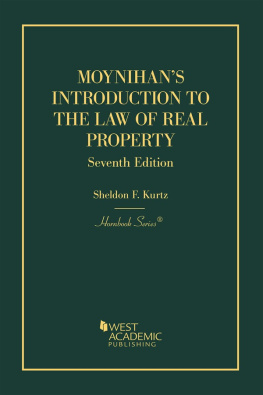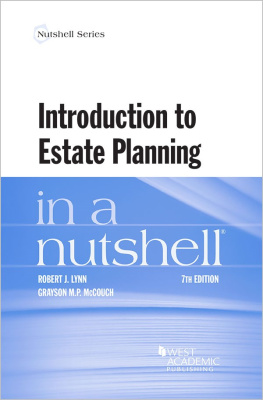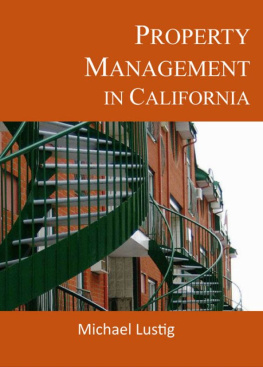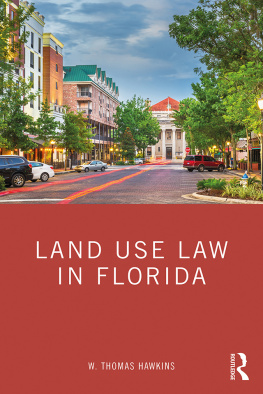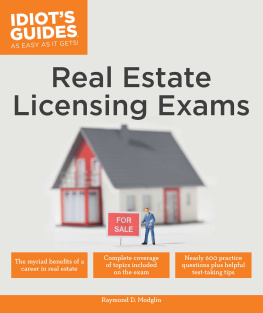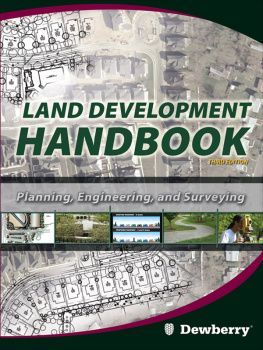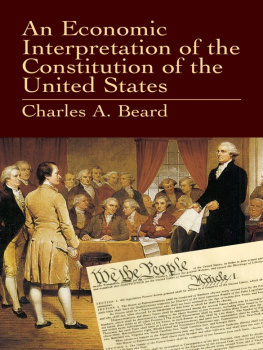West Academic Publishings Law School Advisory Board
Jesse H. Choper
Professor of Law and Dean Emeritus
University of California, Berkeley
Joshua Dressler
Distinguished University Professor Emeritus
Michael E. Moritz College of Law, The Ohio State University
RENE M c DONALD HUTCHINS
Dean and Joseph L. Rauh, Jr. Chair of Public Interest Law
University of the District of Columbia David A. Clarke School of Law
Yale Kamisar
Professor of Law Emeritus, University of San Diego
Professor of Law Emeritus, University of Michigan
Mary kay kane
Professor of Law, Chancellor and Dean Emeritus
University of California, Hastings College of the Law
Larry D. Kramer
President, William and Flora Hewlett Foundation
Jonathan R. Macey
Professor of Law, Yale Law School
DEBORAH JONES MERRITT
Distinguished University Professor, John Deaver Drinko/Baker &
Hostetler Chair in Law
Michael E. Moritz College of Law, The Ohio State University
Arthur R. Miller
University Professor, New York University
Formerly Bruce Bromley Professor of Law, Harvard University
Grant S. Nelson
Professor of Law Emeritus, Pepperdine University
Professor of Law Emeritus, University of California, Los Angeles
A. Benjamin Spencer
Justice Thurgood Marshall Distinguished Professor of Law
University of Virginia School of Law
James J. White
Robert A. Sullivan Professor of Law Emeritus
University of Michigan
Moynihans
Introduction to the
Law of Real Property
Seventh Edition
An Historical Background of the
Common Law of Real Property
and Its Modern Application
Sheldon F. Kurtz
David H. Vernon Professor of Law
The University of Iowa College of Law
HORNBOOK SERIES

The publisher is not engaged in rendering legal or other professional advice, and this publication is not a substitute for the advice of an attorney. If you require legal or other expert advice, you should seek the services of a competent attorney or other professional.
Hornbook Series is a trademark registered in the U.S. Patent and Trademark Office.
COPYRIGHT 1982, 1988 WEST PUBLISHING CO.
West, a Thomson business, 2002, 2005
2011 Thomson Reuters
2015 LEG, Inc. d/b/a West Academic
2020 LEG, Inc. d/b/a West Academic
444 Cedar Street, Suite 700
St. Paul, MN 55101
1-877-888-1330
West, West Academic Publishing, and West Academic are trademarks of West Publishing Corporation, used under license.
Printed in the United States of America
ISBN: 978-1-64242-092-0
To my issue per stirpes, Andrea, Emily, Kaia,
Grace, and Cady B.
Preface
This book is a revised edition of the classic Moynihans Introduction to the Law of Real Property that has been used by countless law students, lawyers, and courts for over the last 70 years. The basic structure of the text has been largely retained from the last three editions that included the addition of review problems, sections on the Rule Against Perpetuities and the recording acts and references to newer Restatements, the Uniform Probate Code, and the Uniform Trust Code.
Unlike England where the seeds of our land system were first planted, in the United States little has changed in the basic classification system of estates in land since the American Revolution, although the recent Restatement (Third) of Property which has yet to be embraced by the courts seeks to put a major dent in the nomenclature of the classification system.
In the United States, essentially all present interests (meaning estates to which the holder is currently entitled to possession) are classified as either life estates or fee simple estates, including the fee sample determinable and the fee sample on condition subsequent. All future interests, whether created as legal estates in land or as equitable estates in trust, (meaning estates to which the holder is or may be entitled to possession in the future) are classified as one of three types of reversionary interests, vested or contingent remainders, or as one of two types of executory interests.
This book provides the reader with the historical background explaining how and why this classification (estates in land) system developed. Without that background it is difficult to understand and appreciate the modifications to that system that have been adopted in many states over the years.
While the estates in land system may not be the most exciting area of the law to some, although not to me, it is perhaps that area of legal study on which history has had, and continues to have, its greatest impact. Without a thorough understanding of that history, it is difficult to understand and appreciate the modifications to that system that have been adopted in many states. However, no attempt is made here to reflect all of these changes by exhaustive citations to state cases and statutes. These changes may (1) affect the classification of present and future interests, such as treating all defeasible fees the same or requiring the recording of certain documents to enforce reversionary interests or (2) abolish or modify the Rule in Shelleys Case, the Doctrine of Worthier Title, the Rule of Destructibility with respect to contingent remainders, or the Rule Against Perpetuities. Thus, no competent lawyer would rely on this book for more than putting the estates in land system into its proper historical setting without further researching applicable state law variations. On the other hand, all law students will find here the multitude of rules from which the current estates in land system is derived and more than enough information to successfully navigate a first-year property course which is probably what inspires a student to acquire this book. Furthermore, this book is a wonderful introduction into one of the most important areas of our shared legal heritage.
The prefaces to the prior editions have aptly noted the contribution of many of the great works of property and future interests law to the development of this book and the author continues to be indebted to the authors of those works. Furthermore, to the names of Pollack, Maitland, Simpson, Gray, Tiffany, Casner, Powell, Simes, and Smith, should be added those of more recent vintage, namely, Wellman, Waggoner, Langbein, and Halbach, who through their work on various restatement and uniform laws projects have advanced our understanding of the laws in this area. Anyone writing in this field is necessarily indebted to all of them and many others.
Lastly, I would like to acknowledge my numerous research assistants for all of their assistance in bringing this new edition to fruition.
Sheldon F. Kurtz
January, 2020
Iowa City, Iowa
Summary of Contents
Page
Nonfreehold Estates (Landlord
and Tenant)
Future Intereststhe
Reversionary Interests
Future Intereststhe
Remainders
Common Law Historic Methods of Conveyancing; Modern Recording
Statutes
The Effect of the Statute of
Uses
Table of Contents
Page
Modern LawCreation and Characteristics of Fee
Simple
Construction ProblemsMeaning of Death Without
Issue
A. Tenancy in Fee Tail After Possibility of Issue
Extinct
Nonfreehold Estates (Landlord
and Tenant)
Future Intereststhe
Reversionary Interests
Future Intereststhe
Remainders
C. Remainders Vested Subject to Complete

